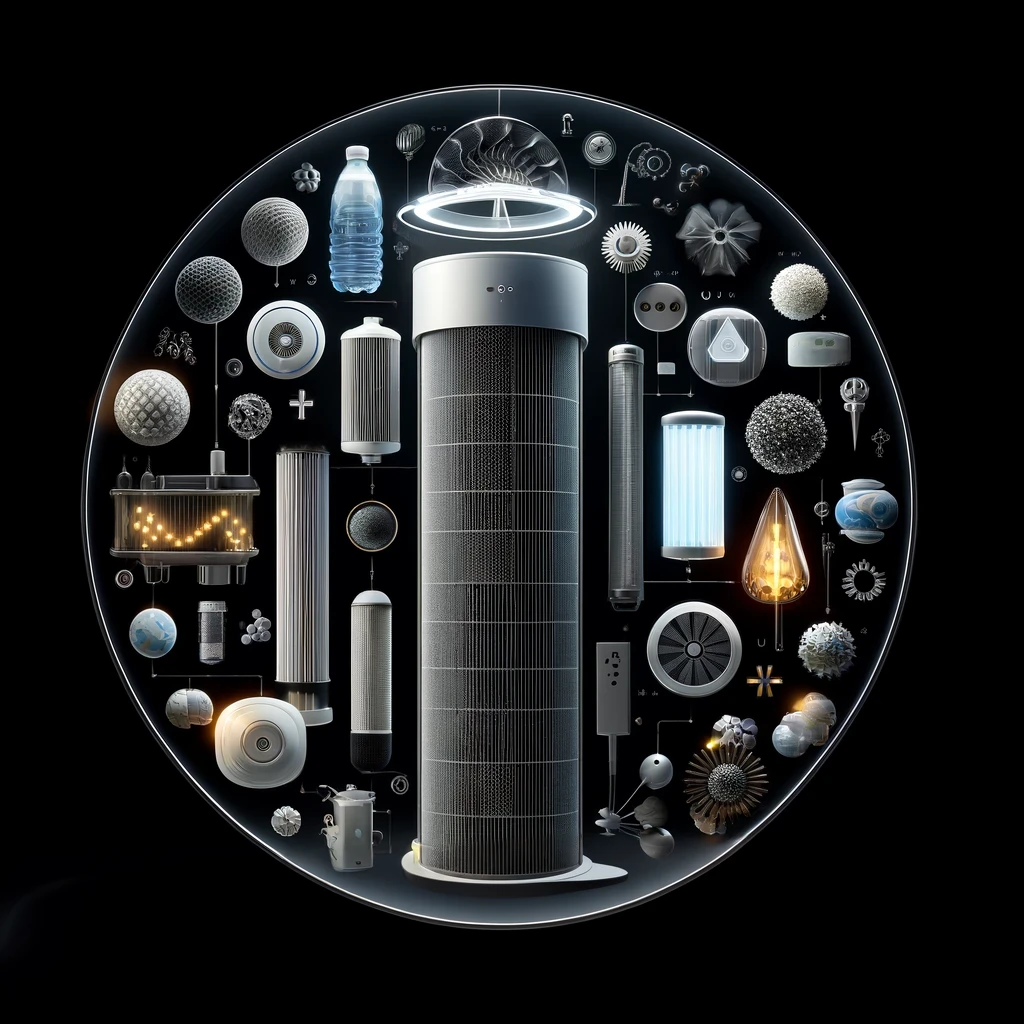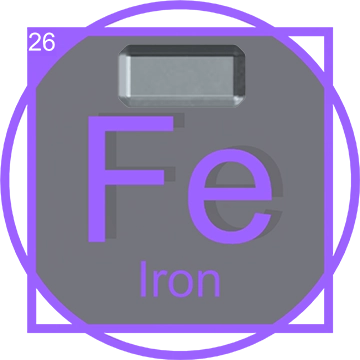The Role of Elements in Air Purification Systems
Introduction to Air Purification Systems
Air purification technology is crucial in combating indoor air pollution and improving air quality. This technology employs various elements from the periodic table, each enhancing filtering efficiency through unique properties and applications.
Historical Evolution of Air Purification Systems
The need for effective air purification became apparent during the Industrial Revolution in the late 18th century, which significantly increased airborne pollutants. Early solutions in the 19th century were rudimentary, utilizing cloth and simple filters. The breakthrough came in 1903 when Canadian chemist John Stenhouse introduced activated charcoal, a form of carbon, dramatically improving the effectiveness of air filters.
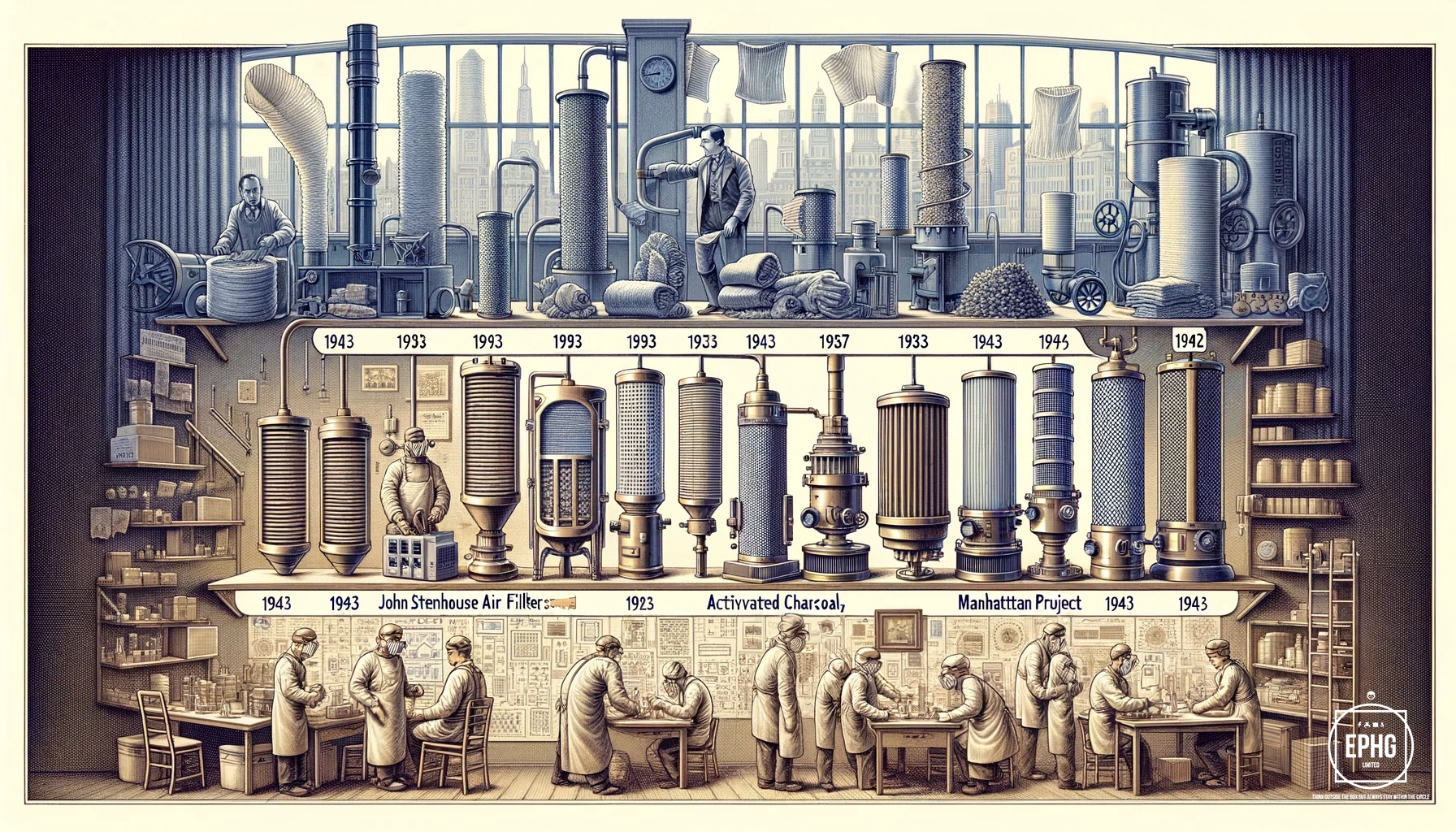
This innovation laid the foundation for using carbon to absorb toxic gases and odors. In 1943, the development of the HEPA filter by the Manhattan Project marked a significant advancement in air purification technology, originally designed to capture radioactive dust particles. Over the subsequent decades, these innovations led to the creation of more sophisticated technologies, incorporating a variety of chemical and mechanical elements to address a broader spectrum of pollutants.
Current Technologies in Air Purification Systems
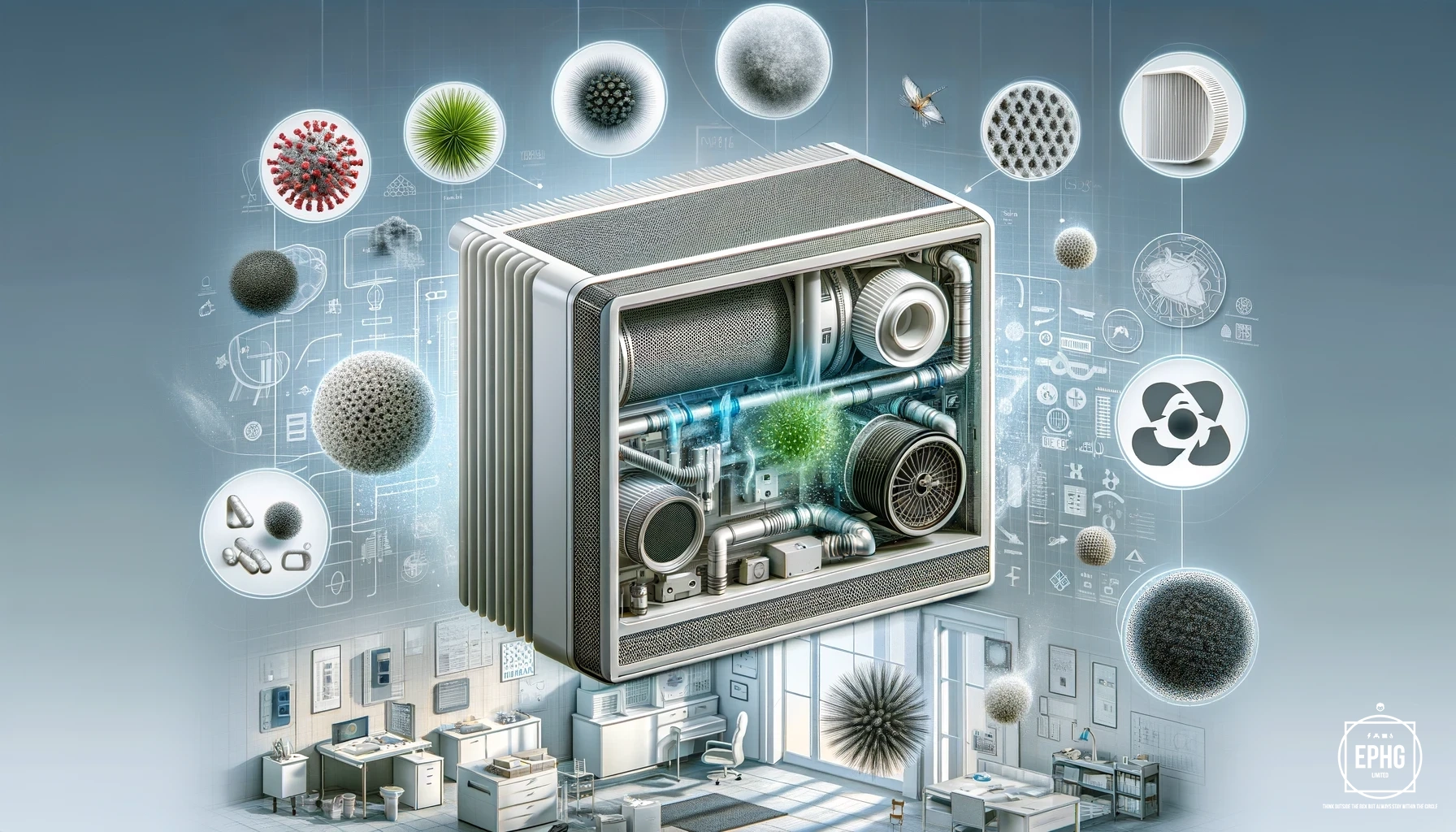
Today's air purifiers are more advanced, utilizing a wide array of materials and elements to ensure efficient and thorough contaminant removal. Activated carbon remains a staple in many systems for its superior adsorptive qualities, capturing pollutants at a molecular level and effectively removing odors and volatile organic compounds (VOCs) from the air. Additionally, HEPA filters, which are composed of a complex matrix of dense fibers, effectively trap particulate matter, including dust, pollen, and mold spores, providing a high level of air purification. These filters are essential in settings that require stringent air quality standards, such as hospitals and laboratories.
Advanced Filtration Technologies in Air Purification
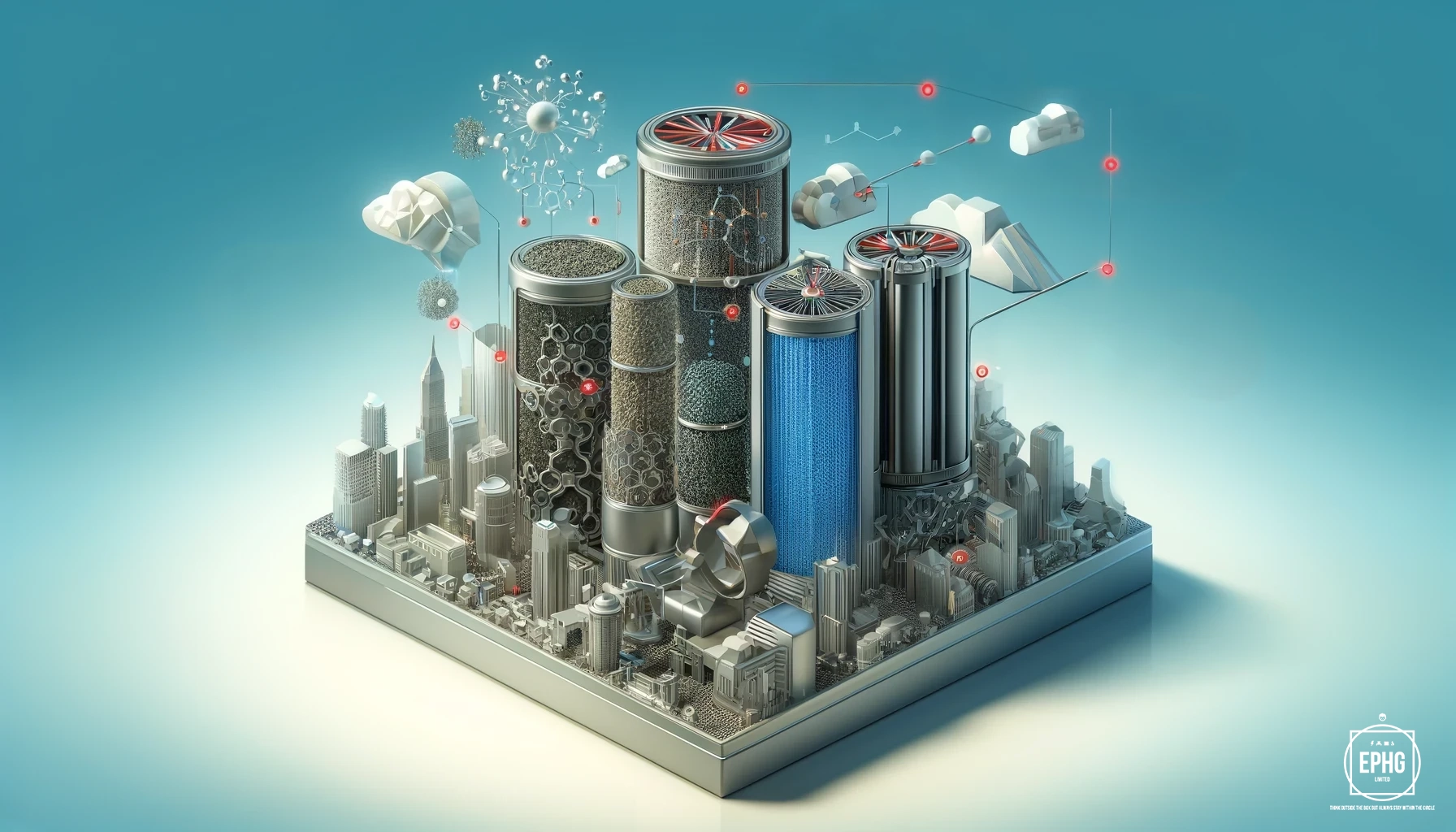
Recent developments in air purification technology have seen the integration of cutting-edge nanomaterials and sophisticated hybrid systems that seamlessly combine mechanical and chemical filtration methods. These forward-thinking innovations leverage elements such as titanium and zirconium, known for their remarkable durability and efficiency in filtration applications. They are particularly effective in capturing ultrafine particles and decomposing harmful pollutants upon contact. Additionally, these materials contribute to longer-lasting filters that require less frequent replacements, further enhancing the sustainability and cost-effectiveness of air purification systems.
Future Innovations in Air Purification Systems
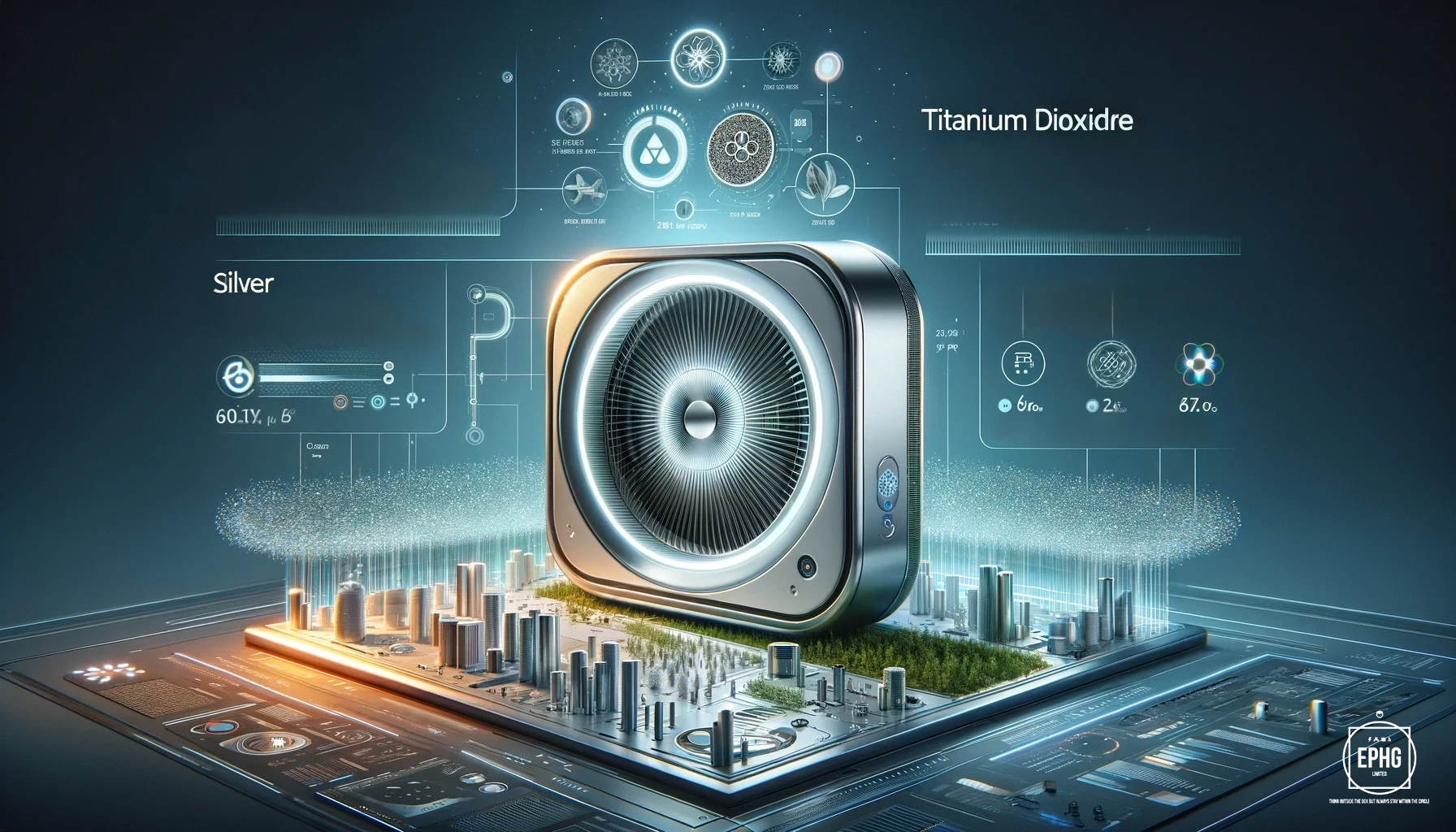
The future of air purification is highly promising, featuring ongoing research into more environmentally friendly and increasingly effective technologies. Innovative elements like silver are being rigorously studied for their natural antibacterial properties, potentially leading to next-generation filters that not only trap but also actively eliminate microbial contaminants on contact. In addition, photocatalytic oxidation technologies utilizing titanium dioxide are making significant strides. These systems are designed to accelerate the degradation of harmful pollutants into harmless substances, thereby enhancing indoor air quality and reducing environmental impact. Emerging trends also suggest the integration of smart technology to monitor and adjust filtration processes in real-time, optimizing efficiency and effectiveness.
Environmental Impact and Sustainability of Air Purification Systems
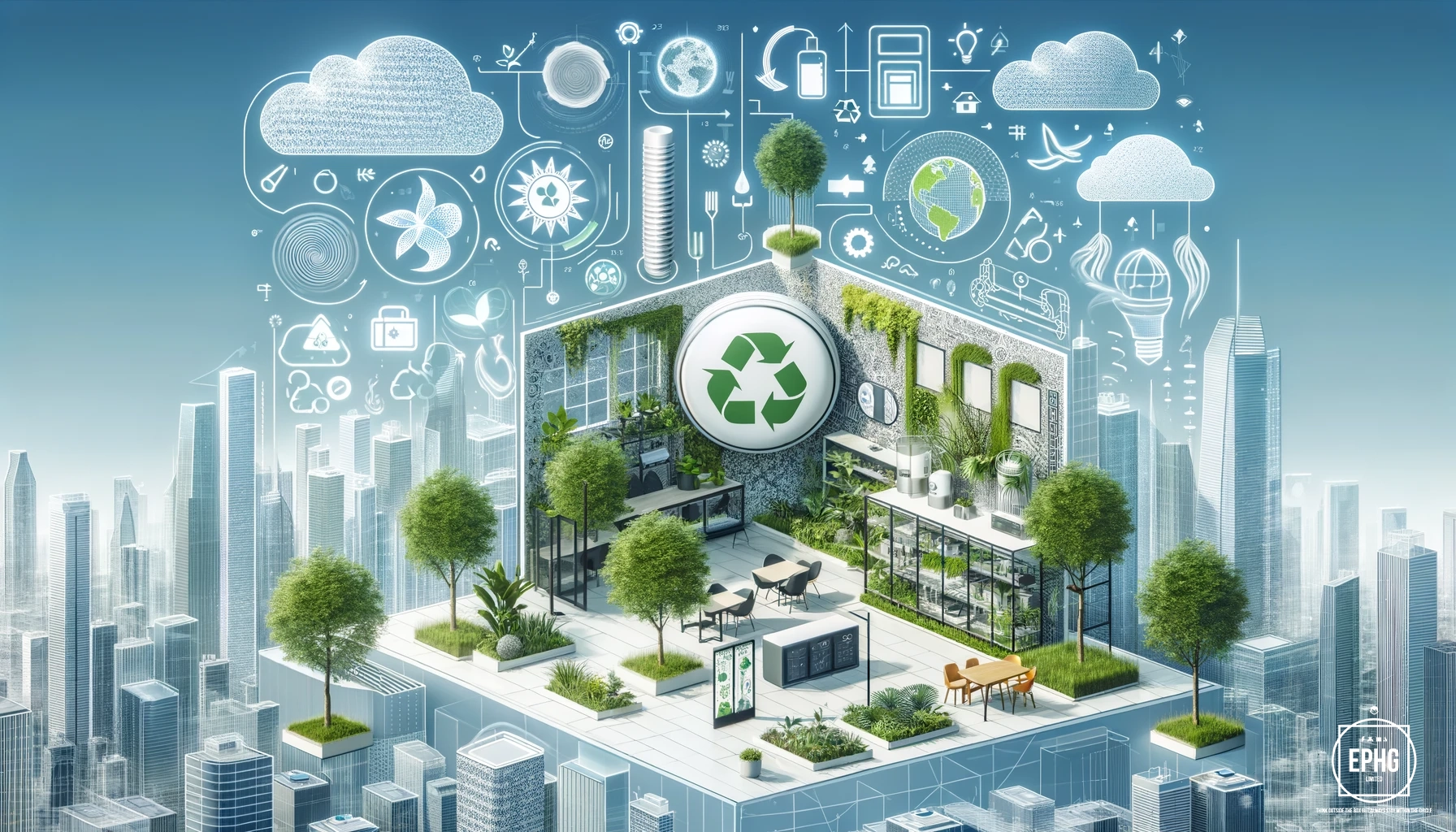
As the world becomes more environmentally conscious, the focus on sustainable air purification methods is intensifying. Innovations in this field are increasingly aimed at reducing the ecological footprint of both manufacturing and using air purifiers. This includes research into biodegradable materials that decompose naturally without harming the environment and energy-efficient designs that consume less power while maintaining high filtration standards. Additionally, there is a growing trend towards recycling old air purifier components and reducing hazardous waste, further promoting environmental sustainability in air purification technology.
Air Purification Solutions for Tradespeople
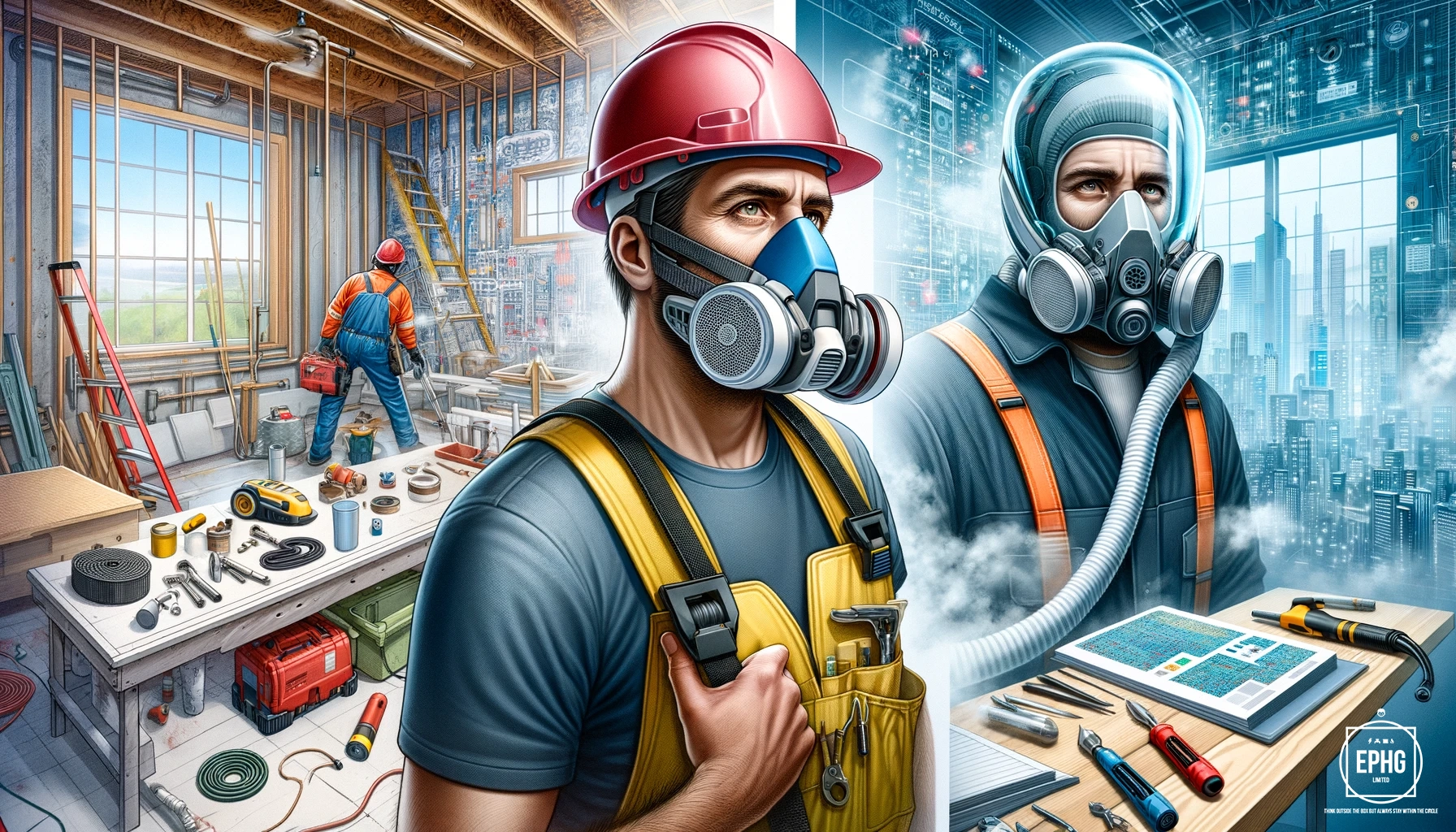
Currently, tradespeople such as plumbers who are exposed to toxic substances like solder fumes can rely on personal protective equipment (PPE) and environmental controls for safety. Respirators are a cornerstone of personal protection in these environments, with options ranging from half-face to full-face respirators depending on the exposure level. Additionally, portable air purifiers equipped with HEPA and activated carbon filters can play a supportive role in reducing airborne contaminants in confined or poorly ventilated spaces.
Looking towards the future, technological advancements are promising more integrated and efficient protective solutions for tradespeople. Innovations such as wearable air purifiers integrated directly into masks are in development. These devices aim to provide high-efficiency filtration without the bulk or discomfort of traditional respirators, potentially transforming safety standards in the plumbing industry and similar trades where exposure to harmful chemicals is a regular occurrence.
